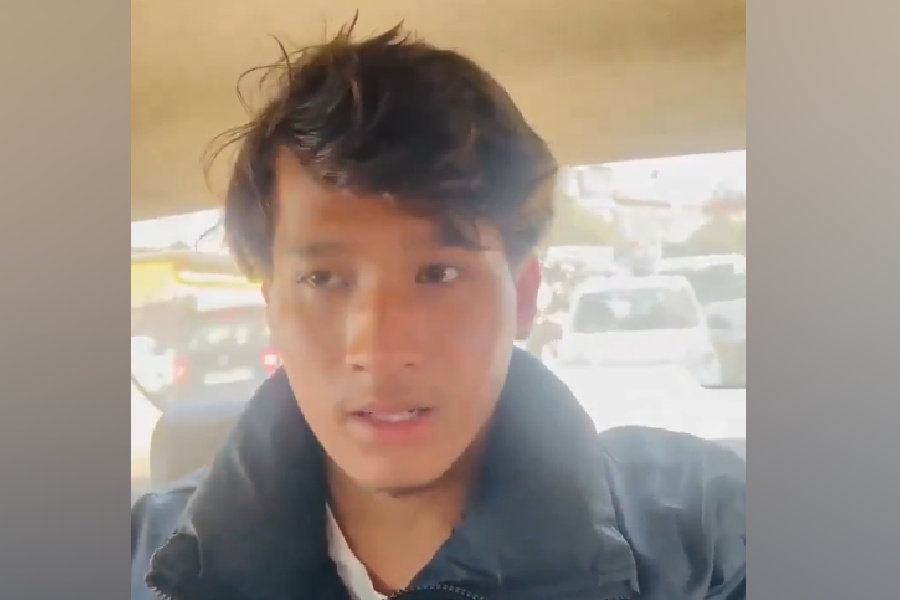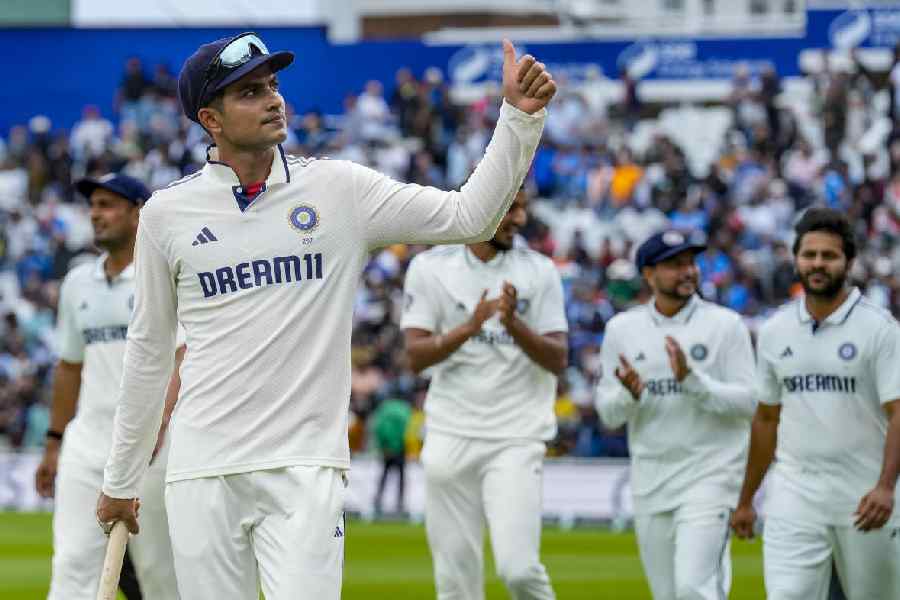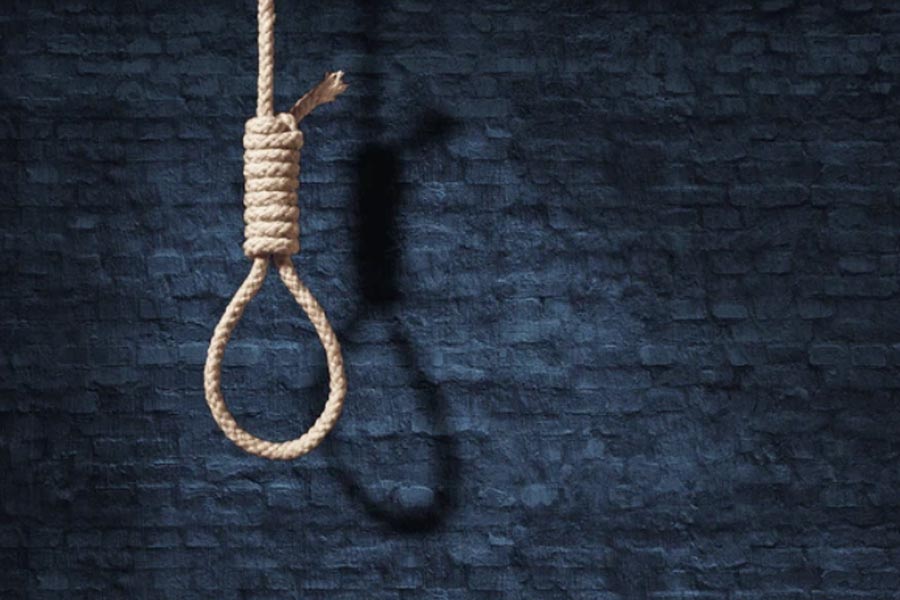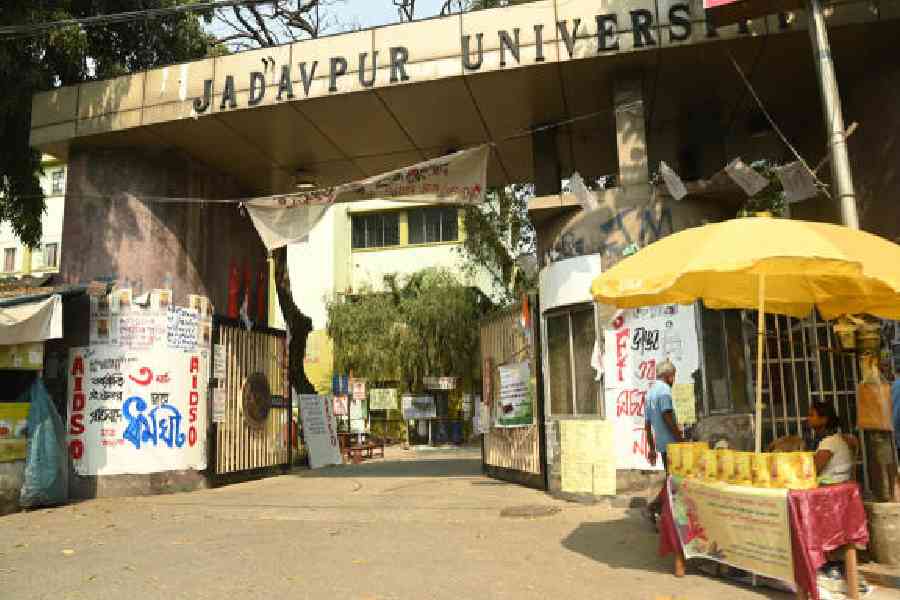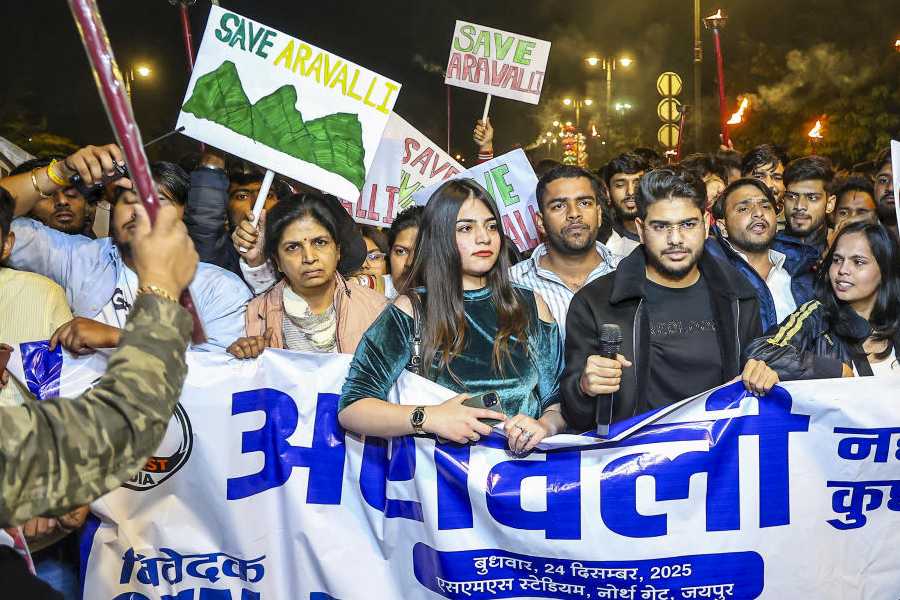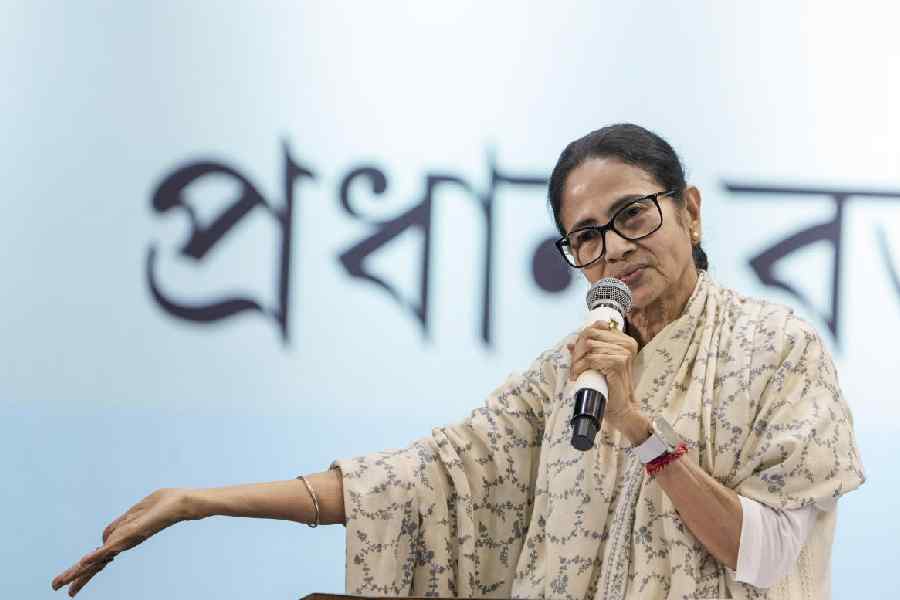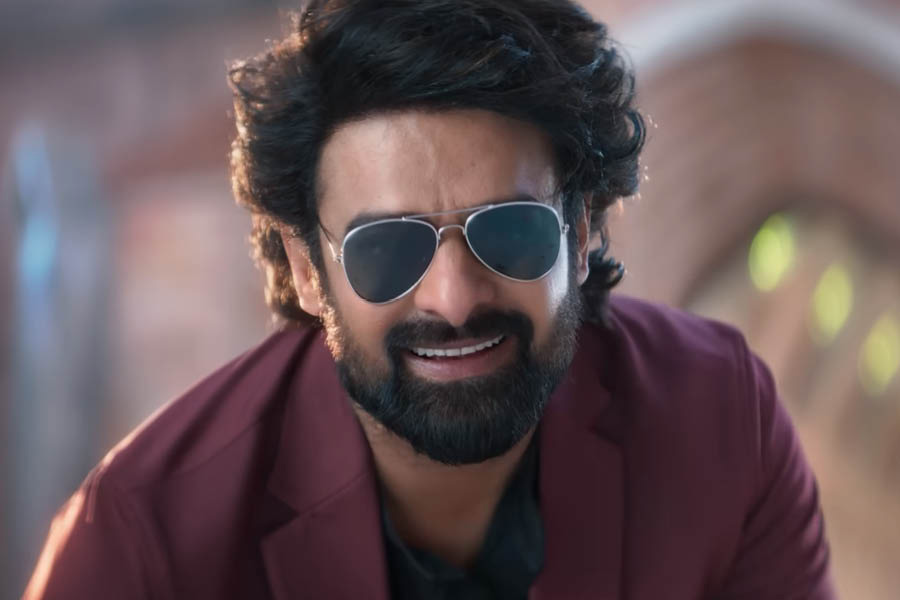 It was the haunting song Aayega Aanewala from the film Mahal in 1949 that catapulted a young, classically trained Maharashtrian singer to instant fame. At a time in Hindi films when playback singers were not even mentioned in the credits, the singer excited curiosity. Radio stations were flooded with requests to play the song and listeners wanted to know who had sung it. Finally HMV was called and asked to name the singer, and All India Radio announced that the song was sung by Lata Mangeshkar.
It was the haunting song Aayega Aanewala from the film Mahal in 1949 that catapulted a young, classically trained Maharashtrian singer to instant fame. At a time in Hindi films when playback singers were not even mentioned in the credits, the singer excited curiosity. Radio stations were flooded with requests to play the song and listeners wanted to know who had sung it. Finally HMV was called and asked to name the singer, and All India Radio announced that the song was sung by Lata Mangeshkar.
Lata Mangeshkar — who turns 80 in September — has remained the undisputed melody queen of India. In 1991, London-based documentary filmmaker Nasreen Munni Kabir filmed a six-part series Lata in Her Own Voice for Channel Four television. In 2008 Kabir decided to update the transcripts and put it down as a book of conversation. Between May and August 2008, she called the singer several times a week from London, taking exhaustive notes after each session. Sometimes Lata would sing a song to her down the line. Often she would laugh remembering the old days.
She even sprang some surprises. When Kabir asked her what she did to relax, Lata Mangeshkar revealed that when she was on holiday in the US, her favourite place was Las Vegas where she loved playing the slot machines, often all night!
 |
 |
 |
| salad days: (from top) A young Lata with her bicycle; with Dev Anand, Raj Kapoor and Dilip Kumar; with Jawaharlal Nehru |
Nasreen Munni Kabir: I believe tears came to Pandit Nehru’s eyes when you sang Ae mere watan ke logon. When was this?
Lata Mangeshkar: Following the Chinese attack on India in 1962, Pradeepji wrote this song and I sang it for the first time in Delhi on Republic Day on 26th January, 1963. C. Ramchandra conducted the few musicians who were performing on stage with me. That year, many stars and music directors from Bombay were in Delhi, including Dilip Kumar, Raj Kapoor, Naushad Ali, Shankar-Jaikishan and Madan Mohan. Once I finished singing, I sat down behind the stage and asked for a coffee.
Mehboob Sahib came rushing to me and said: ‘Lata! Where is Lata? Panditji is calling you.’ I followed him outside and when Panditji saw me, he stood up. Indiraji and many leading politicians were there too.
Mehboob Sahib introduced me saying: ‘This is Lata Mangeshkar.’ He said: ‘Beta, tum ne aaj mujhe rula diya [Child, you have brought tears to my eyes today]. I am going home now. Come and have tea with me.’
We all then went to have tea at Teen Murti Bhavan where the Prime Minister was living. I am not very pushy, so I stood in a corner when Mrs Indira Gandhi came over to me and said: ‘You’re here? Please wait. Don’t move. I want to introduce two fans to you. They love your songs.’ She returned with her young sons, Rajiv and Sanjay.
At that moment, Panditji asked after me: ‘Where is the lady who sang?’ So I went across the room and stood near him. He turned to me and said: ‘Will you sing it again?’
‘I won’t sing now,’ I replied politely.
NMK: Did you meet Panditji again?
LM: Yes. He came to Bombay to attend a charity show. I believe it was sometime in early 1964… I sang the Arzoo song Aji rooth kar ab kahan jaiyega. When I was on the stage, I received a message from Panditji asking me to sing Ae mere watan ke logon. So I sang it.
Panditji was quite unwell in those days and didn’t stay very long. He was sitting in his car with his sister Vijayalakshmi Pandit. Ram Kamlani, the brother of comedian Gope, rushed to me and said: ‘Lata, where are you? Panditji is calling you.’ So we went to Panditji’s car. He rolled down the window and held my hand and said: ‘I came to hear you sing Ae mere watan ke logon. I am glad I have heard you sing.’ He drove away soon after we talked.
Panditji was always so affectionate. I am honoured to have met him. Mrs Gandhi was very warm with me too. I was in Kolhapur on 27th May, 1964 when I heard Panditji was no more. It was a sad day…
 NMK: Great people in music and in the political life of India have passed away…
NMK: Great people in music and in the political life of India have passed away…
LM: I can only bow humbly before these great people…
Their passing has marked the end of an extraordinary era of film music.
NMK: I was wondering if you could tell me something about S.D. Burman?
LM: He was a composer like no other. But he was always anxious. I sometimes suffered from sinus problems and could not record. And this would make Burmanda panic: ‘What will happen to my song if Lata does not show up?’ Worrying was in his nature.
When he taught us a song, he sang in a Bengali folk style. His voice broke a little and was quite unique — and we found it difficult to sing like him — I mean I couldn’t. I used to ask him: ‘How do I sing this?’ and he explained: ‘Try it this way, it will sound good.’
When he was happy, he would pat me on the back and say: ‘Stay happy, Lata.’ When he was very pleased, he would offer me a paan. [Smiles] He was a great paan eater and had a paan box with him at all times, but never offered any. And if he offered someone a paan, you understood he was pleased with that person.
NMK: And Kishore Kumar? Was he an extraordinary personality as widely believed?
LM: Where do I start? When we were recording together, we did nothing but laugh. He never stopped. He sometimes even danced at the recording session.
I met Kishore Kumar around the time I was working with Khemchand Prakashji. I used to travel by train from Grant Road to Malad. One day Kishoreda got on at Mahalaxmi, the stop after Grant Road, and sat in my compartment. I thought he looked very familiar and wondered who he was. He was wearing a kurta-pyjama with a scarf tied round his neck, and was holding a cane in his hand. We both got off at Malad. Bombay Talkies studio was a long way from the station and sometimes I walked or took a taanga. That day I decided to hire a taanga and Kishoreda hired one too. I set off and so did he. We finally entered the studio and I saw his taanga right behind me. I thought to myself: ‘Something strange is going on. This fellow is following me.’ So I went straight into the recording studio where Khemchandji was sitting, and under my breath, I asked: ‘Uncle, who is this boy? He’s been following me.’
He looked up to see Kishoreda. Khemchandji laughed and said: ‘He’s Kishore. Ashok Kumar’s brother.’
We were introduced to one another and that day we recorded our first duet. Ye kaun aya re karke sola singar for Ziddi. In fact, Ziddi was Kishoreda’s first film as playback singer.
NMK: The film also made a star of Dev Anand. What about Khemchand Prakash’s most famous song in Mahal — Aayega aanewala. What do you remember about the song?
LM: We decided to make the song sound as though it were coming from a great distance, to create an effect like that. I stood in a corner of the studio and the microphone was placed in the middle of the room. Singing the first verse: Khamosh hai zamaanaa… I walked slowly towards the mike, and when I was close to it, I sang the main refrain, Aayega aayega aanewala. We repeated this process many times and finally the song was recorded.
Nargisji happened to be in a studio in a nearby room. Her mother, the celebrated singer Jaddanbai, was with her that day. When I finished recording, I went out. Jaddanbai called me to her and asked: ‘What is your name?’ ‘Lata Mangeshkar.’ ‘I see. Are you Maharashtrian?’ ‘Yes.’ ‘Your Urdu is very good.’ I’m trying.’ ‘You pronounce the word baghair very well.’ That’s how I met Nargisji and her mother.


